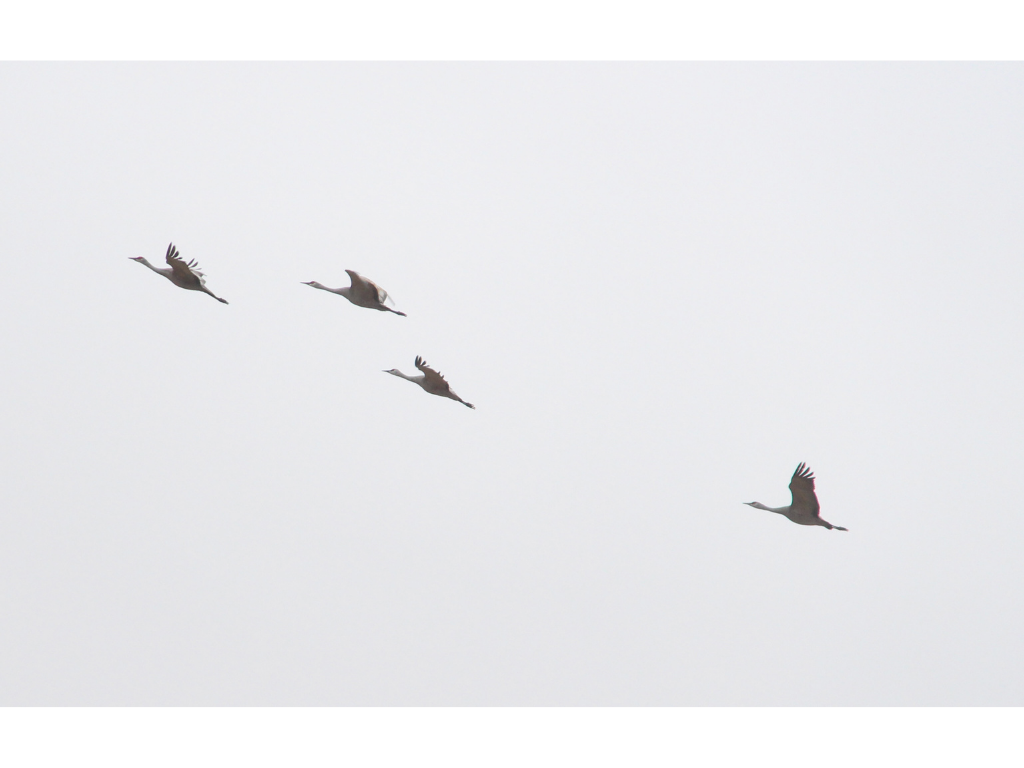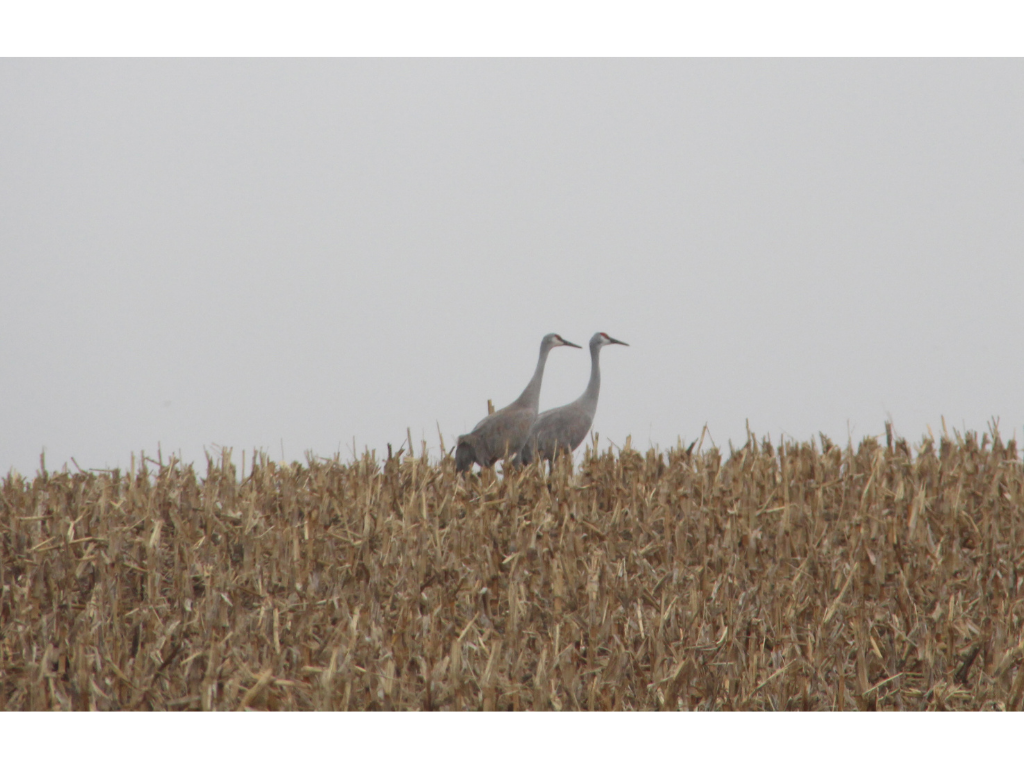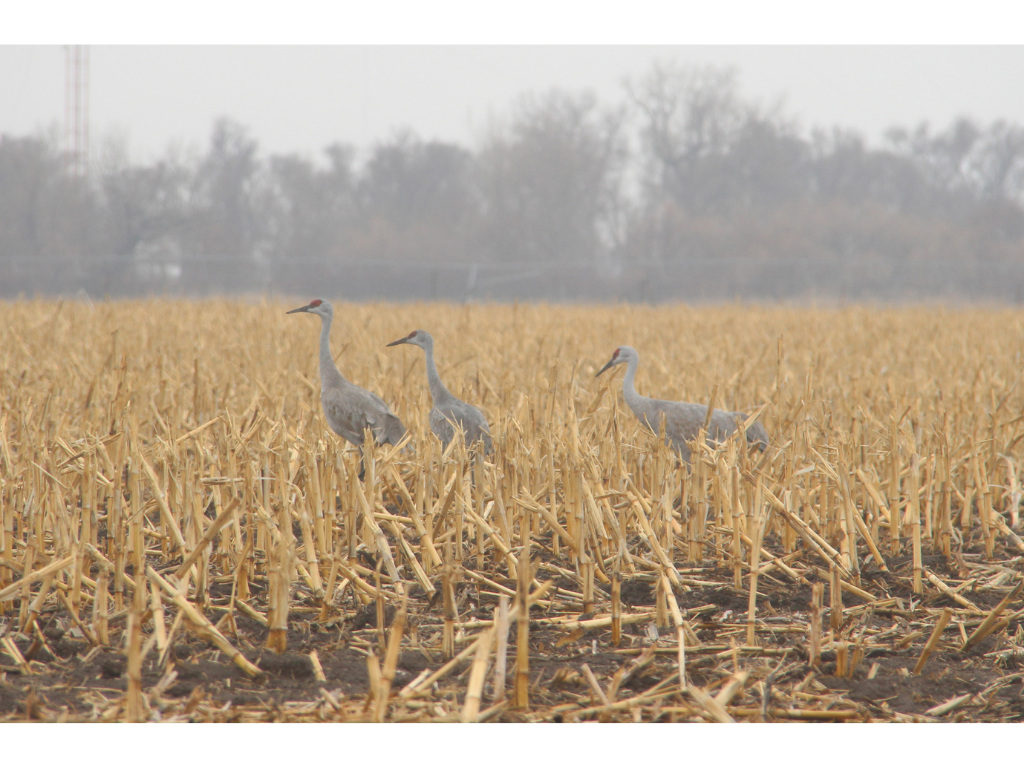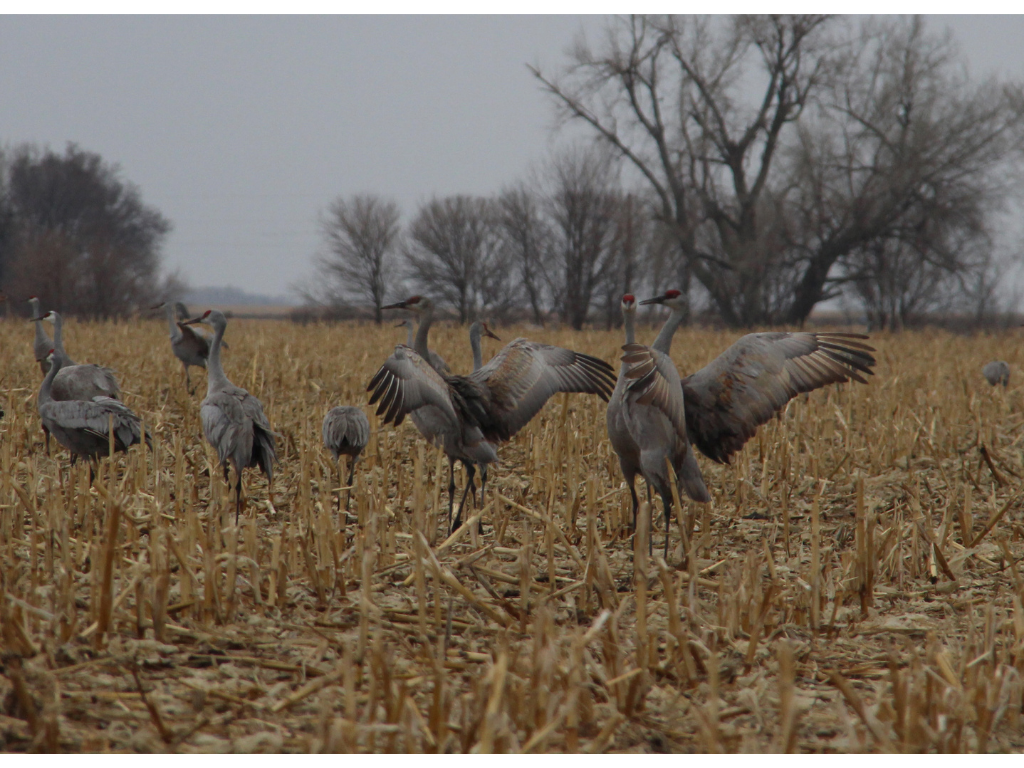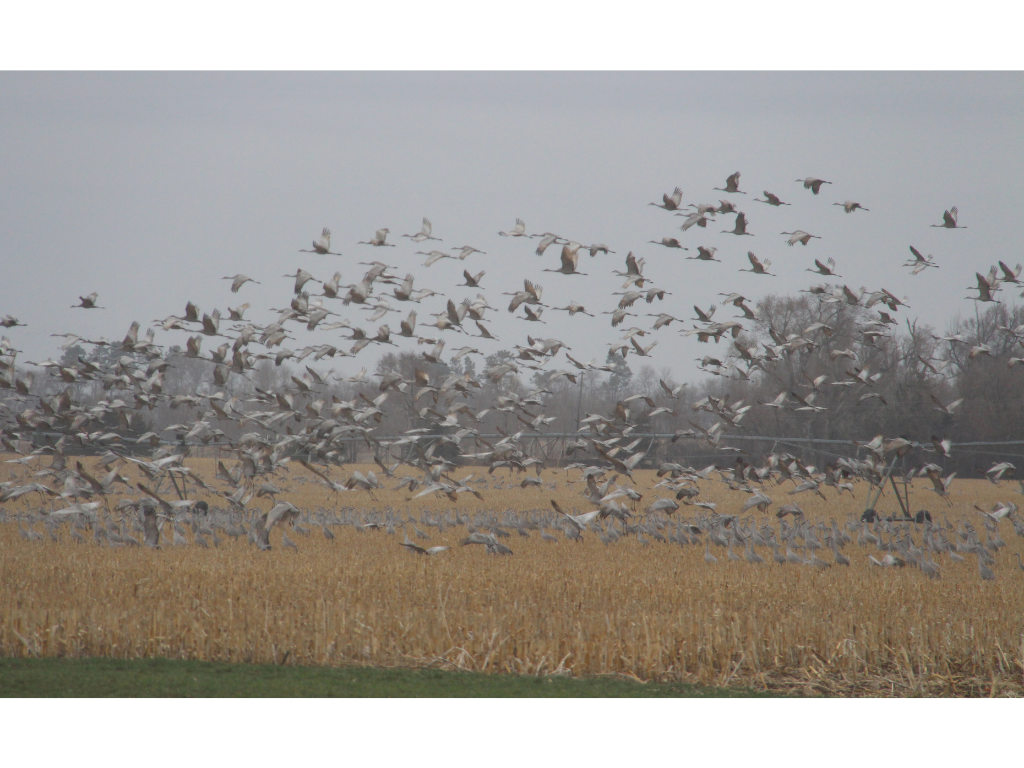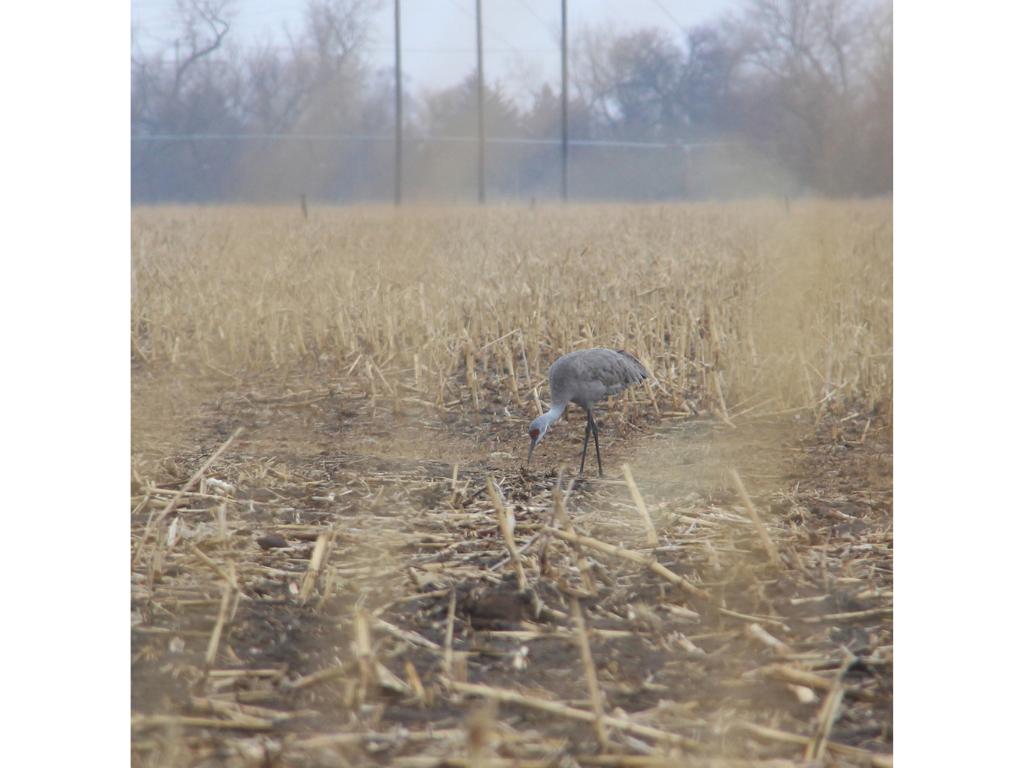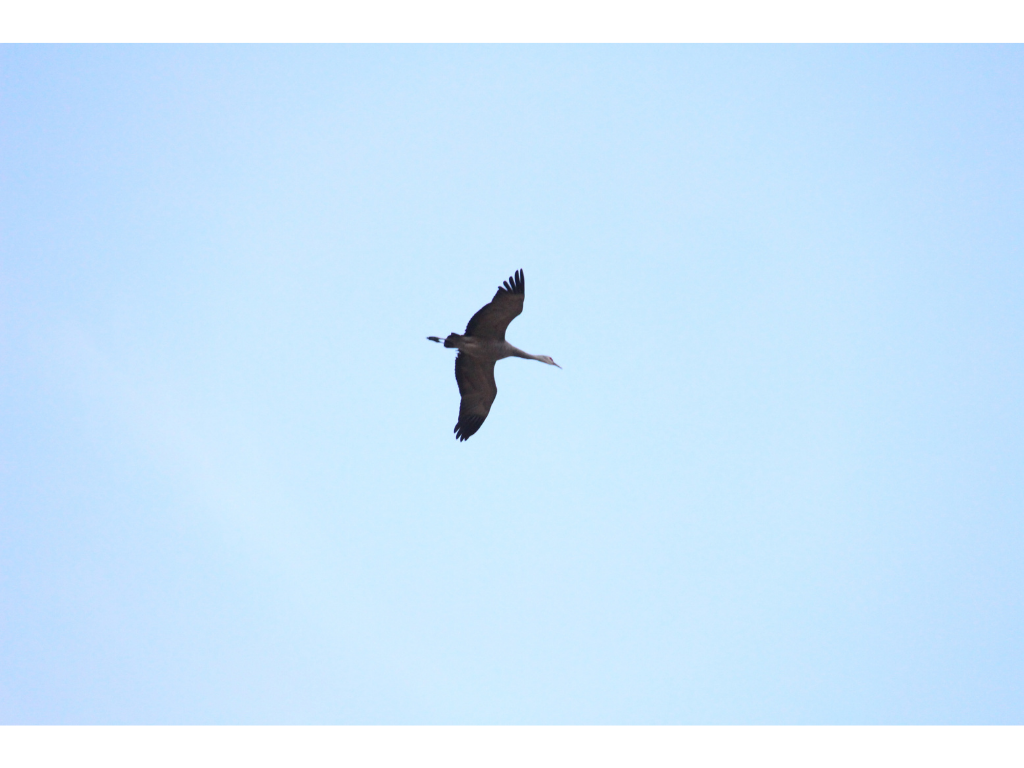2021 Perry Photo Challenge Aeriel Frey, Finalist

Nebraska’s Great Crane Migration Exemplifies Mother Earth’s Bounty
The Sandhill Crane migration through West-Central Nebraska’s Platte River basin is a natural phenomenon that has spanned tens of millions of years. The migratory route established by these birds through the wetlands of the Great Plains have fostered an important connection between the species, the land and the waterways. The Sandhill Crane has thrived for millenia in part, due to the bounty of the land and waters of the great Nebraska prairie.
